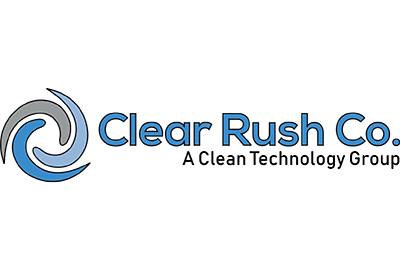
Methane, the primary component of natural gas, has a greenhouse gas intensity 25 times greater than carbon dioxide. The oil and gas sector is responsible for 31% of all methane vented each year in the United States with over a third of methane venting coming from gas-driven pneumatic controllers and pumps.
How do these instruments work?
In gas-driven pneumatic systems, the pressure of the natural gas provides the motive force to shift a valve or stroke a pump and is then discharged to the atmosphere. These instruments are popular around the world because of their low capital and operating costs. Operators can use the gas produced on site to run these devices or supply it from elsewhere.
But regulations are changing in the United States
The U.S. EPA 0000/0000a enforces regulations surrounding the use of pneumatic instruments on new, modified, or reconstructed sources. Depending on the type of facility, the instruments must meet a specific vent rate requirement. These rules limit the amount of greenhouse gas emissions a facility may release during normal operation.
Some states are beginning to implement more stringent regulations surrounding pneumatic devices. Most notably, beginning May 1,2021, oil and gas companies operating in Colorado must use non-emitting controllers in new facilities as mandated by the Air Quality Control Commission (AQCC). Operators must also replace controllers that run on natural gas at existing facilities with non-emitting controllers over the next two years. It is anticipated other states may soon follow suit.
Non-emitting controllers include, but are not limited to, no-bleed pneumatic controllers, electric controllers, mechanical controllers, and controllers with emissions routed to a sales line or enclosed combustor.
What solutions are available?
Three common solutions are available to solve this issue:
- Electrification – conversion of gas driven instruments to electric ones
- Instrument Air Conversion – utilize compressed air to drive instruments
- Combustion – collect vent gas into an enclosed vapor combustor
Electrification technology is expensive and often not economical. In many cases, in addition to purchasing pricey new instruments, the operator will need to install electrical service to the site if power is not already available. For many remote locations, the costs of this method are prohibitive.
Instrument air technology is a proven method for remote well-sites and larger facilities. The disadvantage of turn-key instrument air packages is the associated costs, including expensive implementation, lengthy lead times and significant ongoing maintenance requirements. Even short and small maintenance tasks can result in significant production downtime for an entire site resulting in more disruptions and lost revenue.
Is there a better option?
A novel, cost-effective solution that reduces emissions and complies with regulations is to collect and combust the waste gas emitted by these pneumatic devices through an enclosed vapor combustor.
Exhaust from gas driven instruments, like pumps and controllers, is collected into a main header and sent to a low-pressure combustor. Clear Rush Co. combustors are equipped with high efficiency burners that provide continuous burning capabilities, high destruction efficiencies, low emissions, zero odors, no visible flame, and increased flame stability with wide turndown ratios. Enclosed vapor combustors are virtually maintenance free and require few changes to existing infrastructure prior to commissioning. Most importantly, Clear Rush Co. enclosed vapor combustors are the most cost competitive option available on the market for both new construction and retrofits.
Ensure compliance using proven, economical solutions.
Clear Rush Co. has a proven track record of helping operators overcome challenging regulatory requirements with a variety of tailor-made solutions. Using our design experience and knowledge of industry requirements, we can help your organization meet its emission reduction goals. Contact us today to find out how we can help.
Connect with us to learn more: www.clearrushco.com
Share This:




 CDN NEWS |
CDN NEWS |  US NEWS
US NEWS 

























COMMENTARY: Fossil Fuels Show Staying Power as EU Clean Energy Output Dips – Maguire